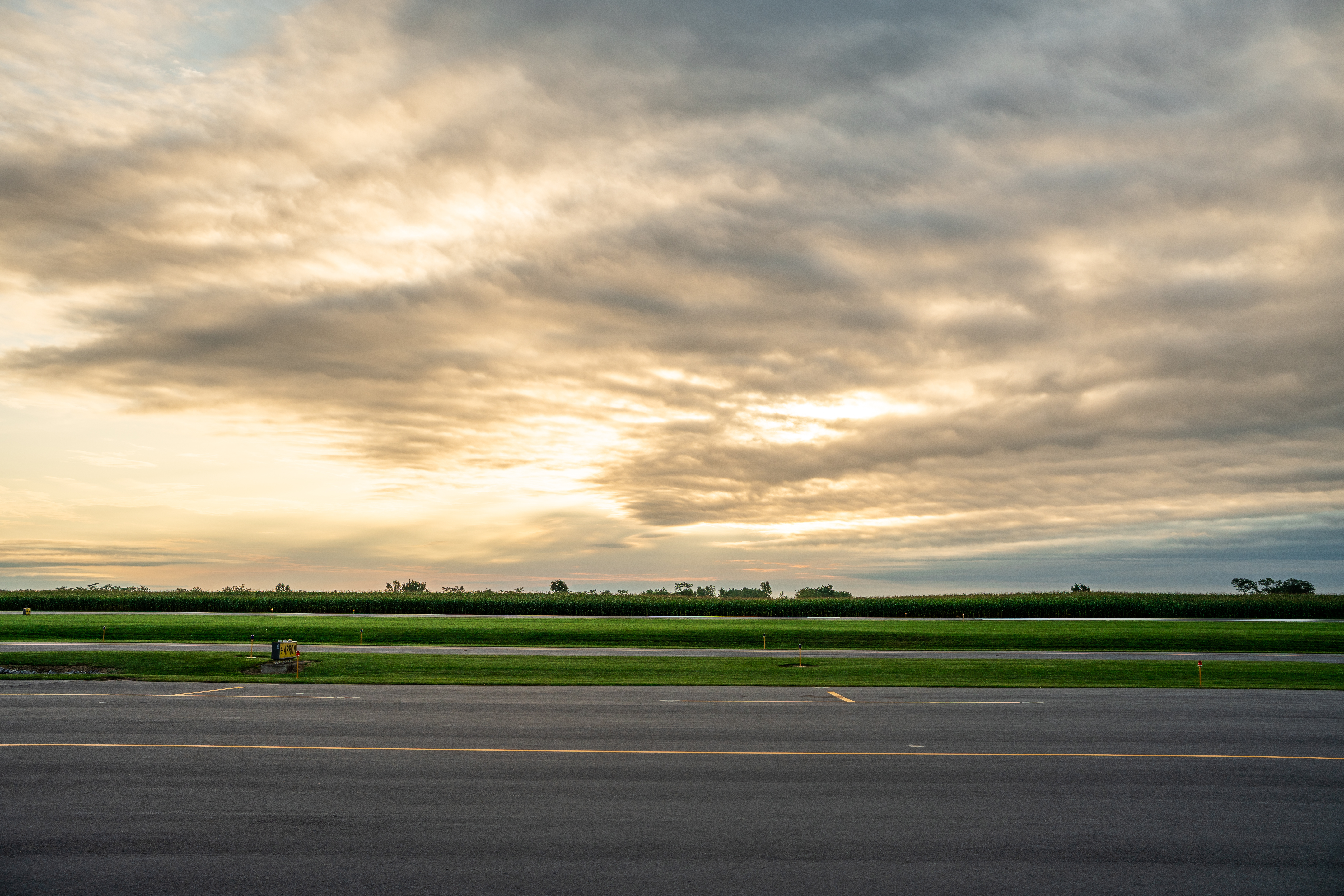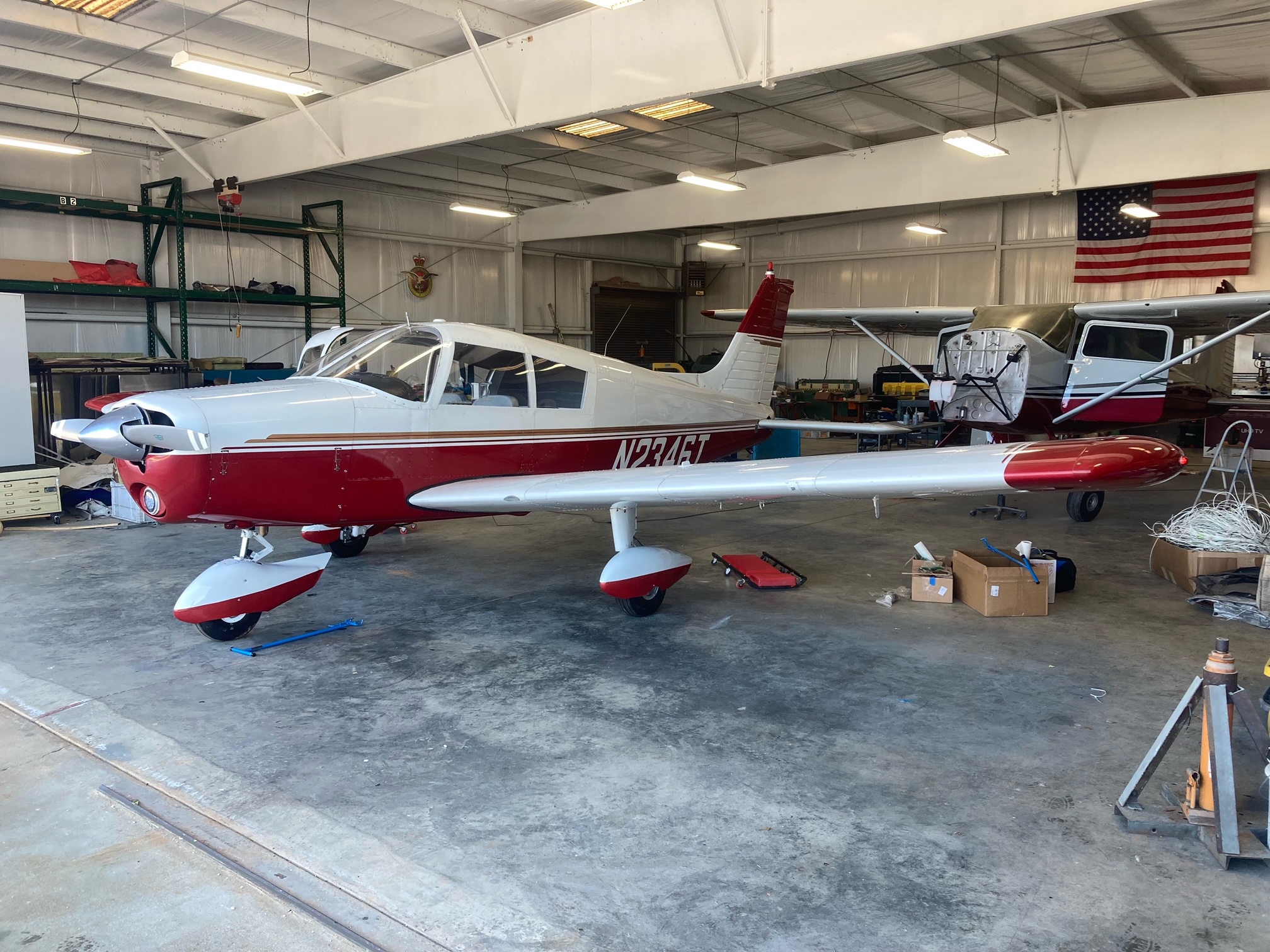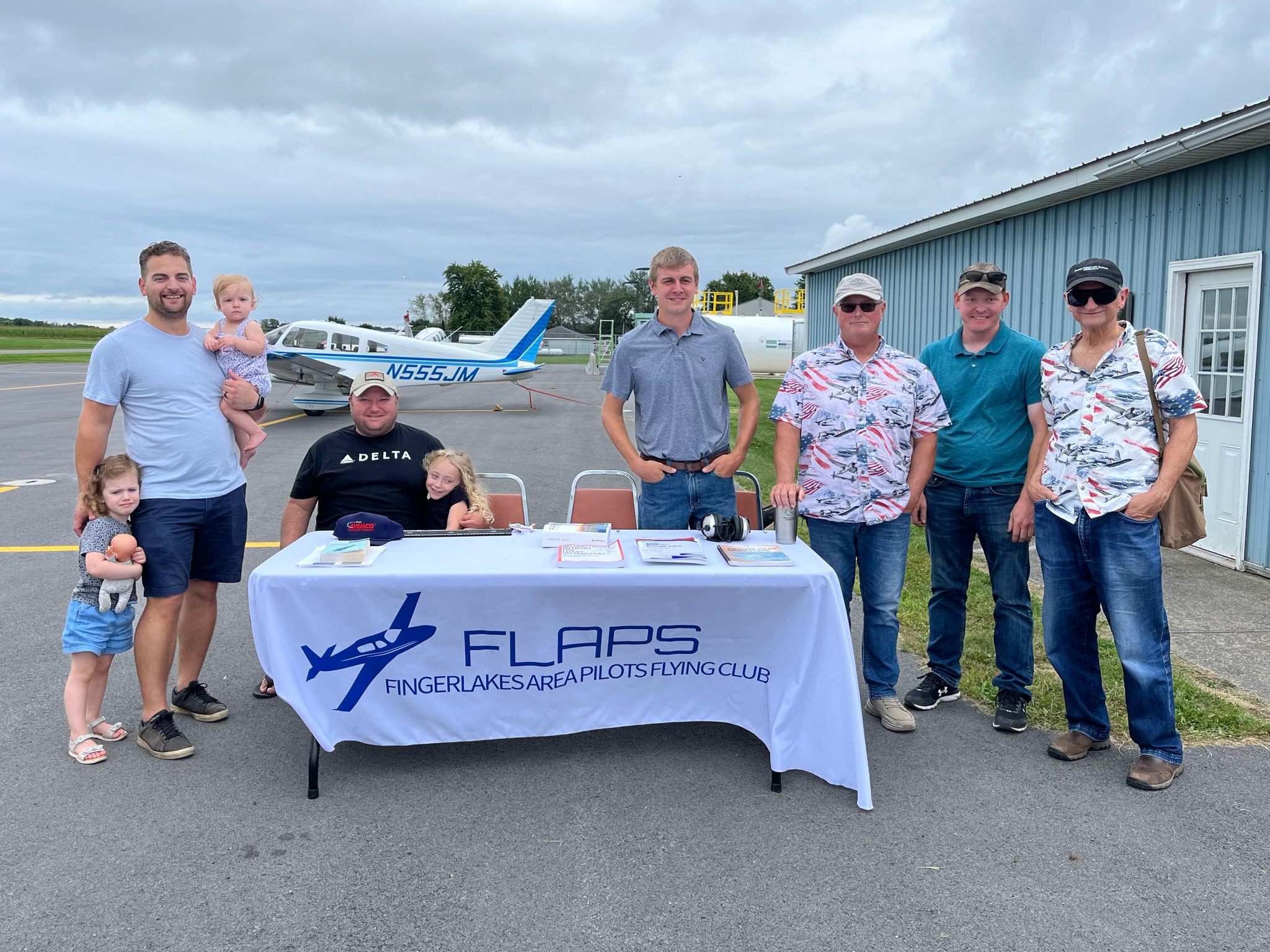Our Story
Finger Lakes Regional Airport (0G7), originally Seneca Falls Airport, was established in the 1940s. Starting as a grass field, it evolved over decades to become a key part of the local aviation community. By the 1980s, when the airport was at risk of closing, a group of dedicated pilots formed Seneca Aviation, Inc. to save it. This group of passionate individuals worked tirelessly to preserve and improve the airport.
In 2003, Seneca Aviation transformed into Finger Lakes Area Pilots, Inc. (FLAPS) to promote aviation safety, provide flight training, and maintain high-quality aircraft for members. Today, FLAPS continues to support safe, affordable flying and provides a home for both pilots and enthusiasts.



